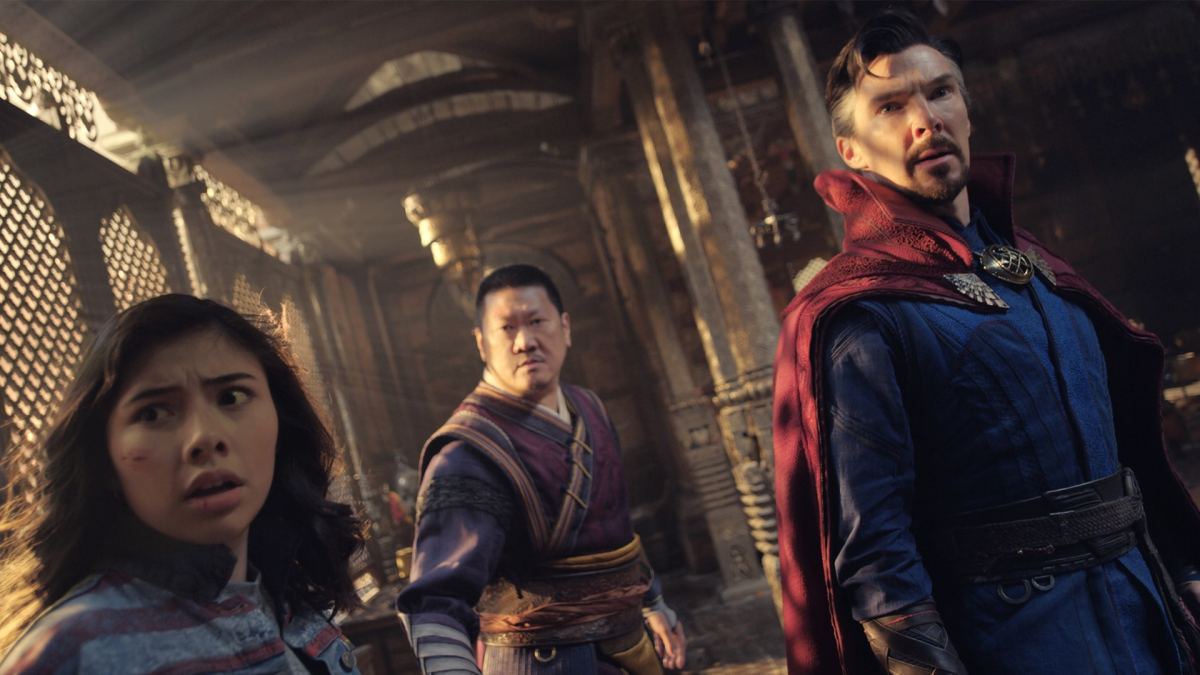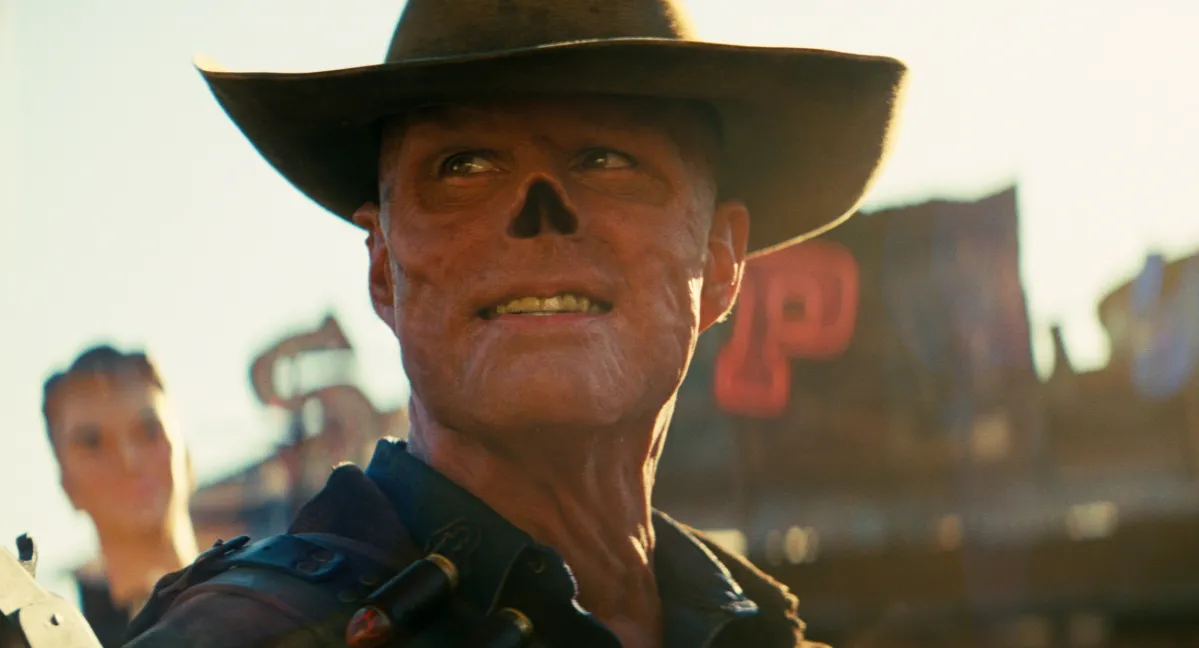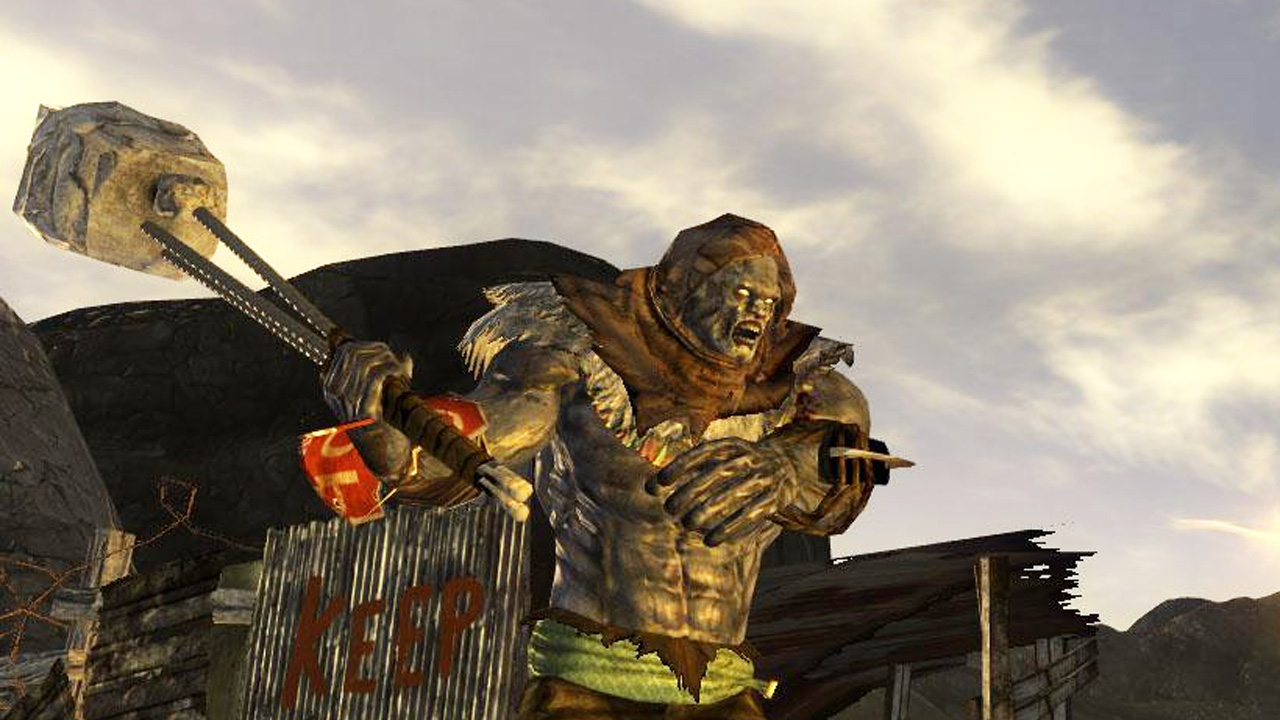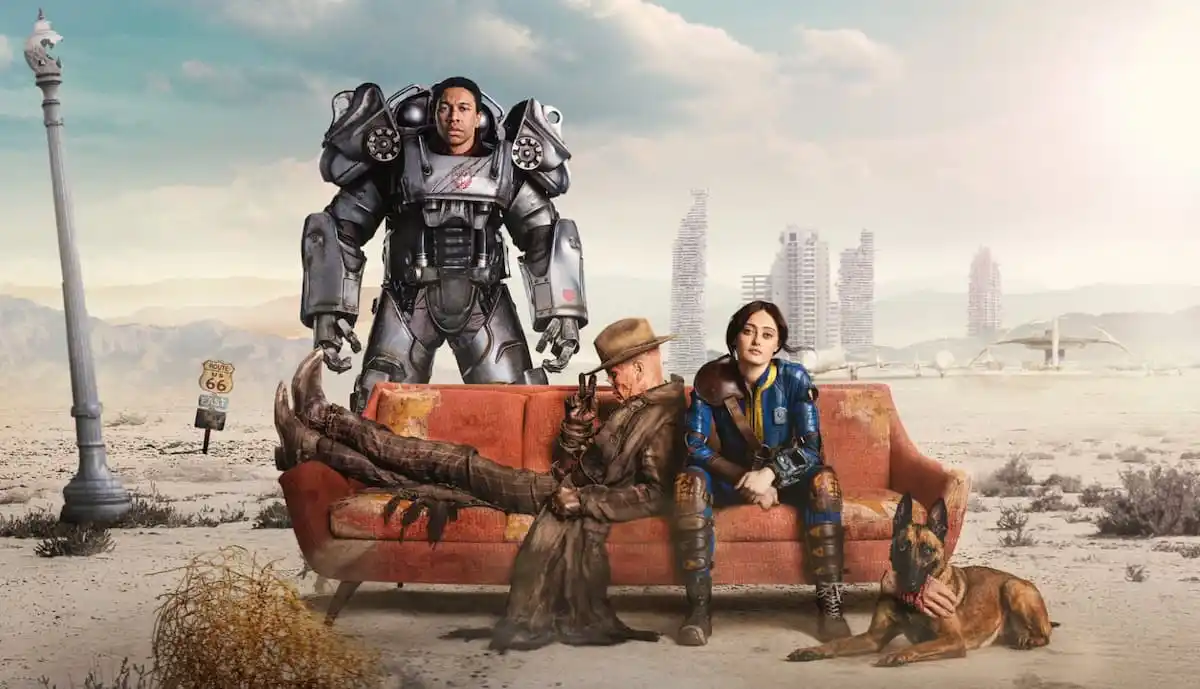This is a largely spoiler-free discussion of how Doctor Strange in the Multiverse of Madness represents a step forward for authorship and storytelling in the Marvel Cinematic Universe.
The Marvel Cinematic Universe has an intriguing and complicated relationship to authorship, albeit one that seems to be gradually evolving.
Some directors have been reluctant to work with Marvel Studios because of its perceived antagonism to auteurs. Ava DuVernay declined to direct Black Panther because she felt like there could be “too much compromise.” Lucrecia Martel turned down Black Widow because she would have loved “to make the action sequences” that she was told would be handled in-house. Movies like Shang-Chi and the Legend of the Ten Rings and Black Widow inevitably defer to the house style.
However, recent years have seen suggestions the studio might be loosening some of the creative restrictions on its directors. There are any number of possible reasons for this. It is possible that the studio has been inspired by the distinctly personal aesthetics of James Gunn’s Guardians of the Galaxy films or Taika Waititi’s work on Thor: Ragnarok to allow greater leeway. It is also possible that this is part of the studio’s very public push to be taken seriously by awards bodies like the Academy.
Whatever the reason, the studio’s two most recent theatrical releases have been sold heavily on the names of the directors. Eternals was directed by Academy Award winner Chloé Zhao, and this became a large part of the narrative around the film. Similarly, when Scott Derrickson departed Doctor Strange in the Multiverse of Madness, he was replaced by Sam Raimi. Raimi not only helped to kickstart the modern superhero boom, but he is one of Hollywood’s boldest visual stylists.
For the better part of a decade, the Marvel Cinematic Universe has been subject to fair criticisms about its flat cinematography and its indistinct soundscape. These criticisms certainly don’t apply to Raimi’s filmmaking, and a large part of the press around Multiverse of Madness has seen figures like producer Kevin Feige, star Benedict Cumberbatch, and even Raimi himself insisting that the director was given complete freedom in defining the look and feel of the film, within production limitations.

Multiverse of Madness is the relatively rare Marvel Studios production that feels like an authored text. Indeed, despite its big cameos and continuity references, the film often feels as tied to Raimi’s filmography as to the larger Marvel canon. Raimi lifts visual motifs like liquid reflections from his Evil Dead, replays a joke about his old friend Bruce Campbell being beaten up by his own hand from Evil Dead II, and gives Strange (Cumberbatch) corny one-liners worthy of Army of Darkness.
Of course, Raimi is and always has been a collaborative filmmaker. There is a sense watching Multiverse of Madness that he is eager to spotlight his own long-term collaborators, creative partners who have enriched his work for decades. Not only does Bruce Campbell get a scene-stealing cameo, but he gets to break the fourth wall in the final post-credits scene. Not only does Danny Elfman compose a stirring score, but the climax features a literal “music battle” showcasing his talent.
To be clear, this is not the first time that a filmmaker has gotten to put their own mark on a film in the shared universe. The tone was set in Jon Favreau’s Iron Man, while Joss Whedon’s Avengers movies, Shane Black’s Iron Man 3, James Gunn’s Guardians films, Taika Waititi’s Thor: Ragnarok, and Ryan Coogler’s Black Panther all feel like works from their filmmakers. However, they also feel cohesive in terms of integrating well with one another. Raimi’s work exists on a different wavelength.
To be fair, there is a reason why Marvel Studios has insisted upon a consistent house style. It is possible to argue that producer Kevin Feige is the true auteur of the studio’s output, much like old Hollywood producers like David O. Selznick could claim authorship of epics like Gone with the Wind. The long-form narrative of “the Infinity Saga” has frequently been compared to that of a television show with very expensive episodes, and Feige is the showrunner, with directors cycling in and out.

To its credit, Doctor Strange in the Multiverse of Madness doesn’t feel like an episode of a television show. It feels like a comic book arc in a way that few Marvel Studios productions really have. The nature of long-running comic books means that characters publish over decades and are written and illustrated by a variety of different talents across that time. Each writer and artist brings their own unique slant to an established character, often recontextualizing what came before and even reworking it.
Batman looks very different depending on whether he is drawn by Tim Sale, Kelley Jones, or Jim Lee. Grant Morrison’s Batman run is a psychedelic comic book odyssey, while Scott Snyder plays the character like stadium rock, and Tom King offers an introspective character study. These are different approaches to the same fundamental character, each with its own unique interests and emphases, existing in conversation with one another.
After all, these sorts of movies and comic books are not “gossip about imaginary people,” to quote David E.H. Jones. They are constructed narratives. They are stories. They reflect themes and ideas, explore concepts and characters. Doctor Strange does not actually exist; he is a construct that results from a collaboration of actor Benedict Cumberbatch with directors Scott Derrickson and Sam Raimi, writers including C. Robert Cargill and Michael Waldron, and decades of comic books.
This is part of what makes Doctor Strange in the Multiverse of Madness so fascinating in its treatment of Wanda Maximoff (Elizabeth Olsen). Some critics have argued that Multiverse of Madness chose to “ignore” Wanda’s arc in WandaVision. This is not the case at all. Instead, Multiverse of Madness explores Wanda’s actions in WandaVision and interrogates them from a different perspective. This is part of what many great follow-ups do, actively and critically engaging with what came before.

In WandaVision, Wanda deals with grief from the loss of her lover Vision (Paul Bettany) by brainwashing an entire town and holding them hostage to a nostalgic fantasy drawn from her love of classic sitcoms. What Wanda did was monstrous, the kind of damaging and destructive behavior associated with the protagonists of shows like Legion and Crazy Ex-Girlfriend. However, WandaVision was ultimately unwilling to call out Wanda for her terrible actions.
Wanda was unambiguously the hero of WandaVision, with the finale given over to a fight between Wanda and the overtly villainous Agatha Harkness (Kathryn Hahn). When Wanda leaves the town, Monica Rambeau (Teyonah Parris) reassures her, “They’ll never know what you sacrificed for them.” The implication is that Wanda is a poor victim in all of this and cannot be held responsible for her actions, no matter how much harm they caused to an entire community of people.
Multiverse of Madness allows its production team a “right of reply” to the story told in WandaVision. In particular, it allows a response to the tone of WandaVision, the way in which that story chose to present those events. After all, Sam Raimi has talked about how the production team had to “study” WandaVision rather than watch all of it, suggesting that they worked largely off plot summaries and scripts rather than the finished edit of the episodes.
As such, Multiverse of Madness is able to offer a different take on WandaVision. It is a story that can recognize that what Wanda did was monstrous and that she made no serious effort to atone for the harm that she caused in pursuit of her own nostalgic comfort. Indeed, Multiverse of Madness consciously and deliberately plays with that ending of WandaVision. Strange excuses Wanda and shrugs off the suffering of Westview just as easily as Rambeau did, before Wanda reveals herself.

This shifting perspective on characters and stories is one of the benefits of authorship. There are plenty of examples from comic book history of writers challenging earlier stories in this sort of way. One of the most obvious examples concerns the character of Carol Danvers. In Avengers #200, the superhero team leaves Carol behind in a pocket universe under the influence of her mind-controlling son/husband so that she can play the role of mother/wife to him. It was, to put it mildly, messed up.
Of course, some fans astutely picked up on the terrible subtext of all this. In an article published in January 1980, Carol A. Strickland offered a scorching critique of “the rape of Miss Marvel” that is still worth reading today. However, comic book writer Chris Claremont would fold his own criticisms of that character arc into a later story in Avengers Annual #10, which saw Carol return to the team and explicitly call out her colleagues for allowing her to be treated in such a way. It was, to put it mildly, brilliant.
Multiverse of Madness essentially allows writer Michael Waldron and director Sam Raimi to engage with WandaVision in the same way that Avengers Annual #10 allowed Chris Claremont to engage with Avengers #200. It becomes a process of conversation and engagement, understanding that these are characters and events that can be interrogated through multiple lenses rather than from a singular perspective. Wanda can be the hero of her own story, but a villain to her victims.
The result is something that presents the real and true potential of a shared universe that genuinely resembles the medium from which these stories are drawn, where Magneto can be both “a flawed, admirable, and potentially redeemable central character” to Chris Claremont and “a mad old terrorist twat” to Grant Morrison, with both perspectives being valid. In embracing authorship within a shared universe, perhaps Marvel might truly embrace the multiverse.





